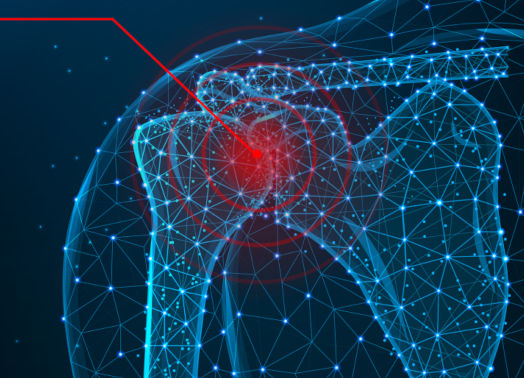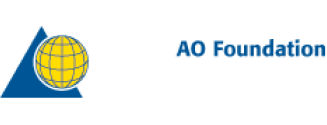Joints
Joint Orthopedics
Joints
It is estimated that over 20 million Germans suffer from joint pain. According to a study conducted by the Ruhr Universität Bochum, this figure increases to two out of five people in people aged 40 to 49 years. However, only every third person goes visits their doctor when suffering from joint pain, although modern therapy methods could often provide quick relief.
Causes
Causes of joint pain
The most frequent causes of joint pain are injuries and degenerative illnesses. In the case of joint injuries sustained during professional and hobby sport or occupational acute physical stress, tendons, cartilage, ligaments and bones can become damaged. Damage from wear (arthritis) is generally caused by uneven or too great a strain on the joint surface. Sport injuries to the knee (cruciate ligament tear, meniscus tear), the shoulder (rotator cuff tear, labrum tear) and other joints that have been insufficiently treated can also trigger premature arthritis.
It is important that arthritis be diagnosed at an early stage to increase the chances of recovery. The reason for this is that if arthritis is first diagnosed at an advanced stage, artificial joint replacement is often the only remedy. This is often linked to significant restrictions, especially for younger, active persons.
Inflammatory processes can also act as a trigger. In the case of rheumatoid arthritis, which affects mostly the joints in the hand and foot, parts of the joint tissue are regarded as foreign by the body, for example. This generally triggers an extremely painful defence mechanism. Early diagnosis is essential to avoid consequential damage.
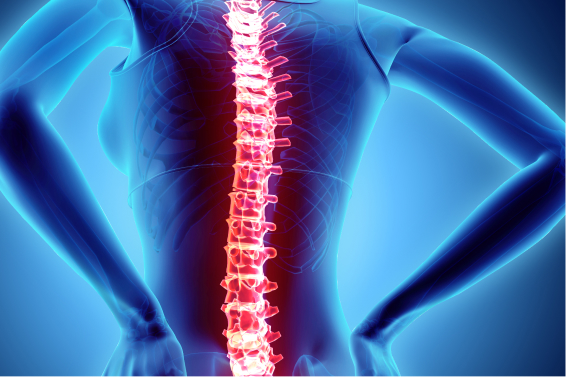
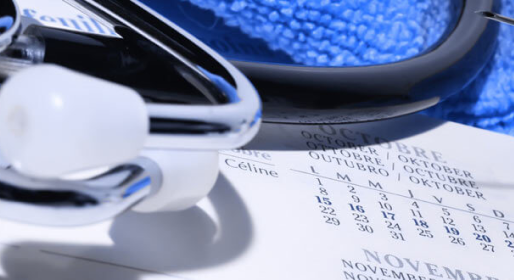
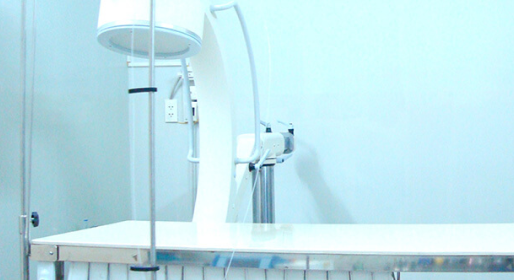
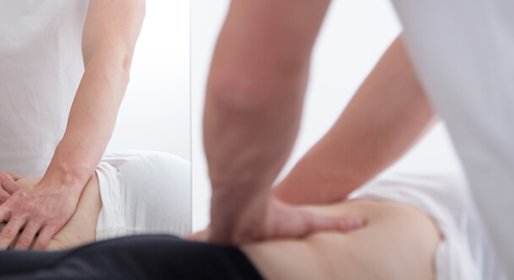
Our treatment options
Diagnosis
Joint pain is not only caused by injury or degenerative illness (arthritis). Numerous autoimmune diseases, bacterial infections or metabolic problems can affect the joints and lead to cartilage atrophy and inflammatory joint changes. A precise diagnosis is thus of crucial significance for the correct treatment.

To determine the cause of acute or chronic joint pain, it is necessary to perform an in-depth clinical examination and additional imaging diagnostic procedures by means of ultrasound (sonography), X-ray, magnetic resonance imaging (MRI) or computed tomography (CT).

Based on this information, we are able to create an individual therapy concept for our patients. This focuses initially on the broad range of conservative therapy options, as the majority of joint complaints can generally be treated safely and effectively with these.

Treatment – conservative
The basis for conservative treatment is initially specific minimally invasive pain therapy. Medication can relieve the pain and inhibit inflammation during the treatment. Depending on the cause of the joint pain, physiotherapy, strengthening and stretching of the muscles and sports that are easy on the joints such as swimming and cycling can relieve the complaints by building up the muscles and relieving the joints.
Conservative treatments also include heat and cold treatments, water and bath therapy, electrotherapy and ultrasound as well as hyaluronic acid injections and injections of blood plasma (PRP). Orthopaedic aids can also be applied depending on the problem, for example bandages, wedge pillows, booster seats, buffer heels or customised shoe inlays.
Treatment – operative
f the conservative treatment methods do not lead to the desired relief, or if there is already serious damage to the joints due to injury or wear, operative therapy options can be used as a remedy.
Most joint problems can be relieved or cured with an operation. The selection of treatment methods is based on the type and localisation of the causative disorder. As a result of the constant technical progress in medicine, we essentially use state-of-the-art, so-called minimally invasive techniques that do not damage tissue.
Arthroscopy, a gentler version of the surgical procedure on the joint, provides relief from joint pain. This method can be used on the knee to successfully treat a torn meniscus, cartilage damage or a tear in the cruciate ligament. Impingement syndrome (swimmer’s shoulder), a labrum tear (instability) or a tear in the rotary cuff on the shoulder can be extremely well-treated with keyhole surgery. We also perform arthroscopic operations very successfully on the ankle and hip joints. The surgical instruments are inserted through a small incision – reducing the healing time.
If there is acute cartilage damage, cartilage cell transplantation can eliminate the pain. This involves removing healthy cartilage cells from the joint, growing them in the laboratory and finally implanting them in the joint in a minimally invasive manner.
If the joint pain, which has been caused by wear, is too far advanced, often the only option for pain relief is a partial (hemi prosthesis, sled prosthesis) or complete end prosthesis (knee prosthesis, hip prosthesis, shoulder prosthesis). In this procedure, the damaged joint section is removed and replaced with an implant individually adapted to the needs of the patient. This operation is generally conducted in a minimally invasive manner and thus as gently as possible.
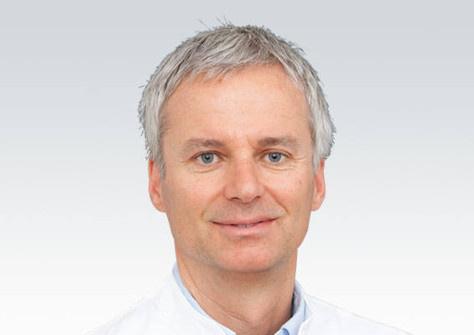
Your joint specialist Prof. Dr. Lill
YOUR CONTACT FOR JOINT PAIN
Professor Dr med. Lill would be happy to conduct a comprehensive examination of your joint to stop any progressive joint degeneration as quickly as possible. Make an appointment online with us at the OrthoCenter Munich.

